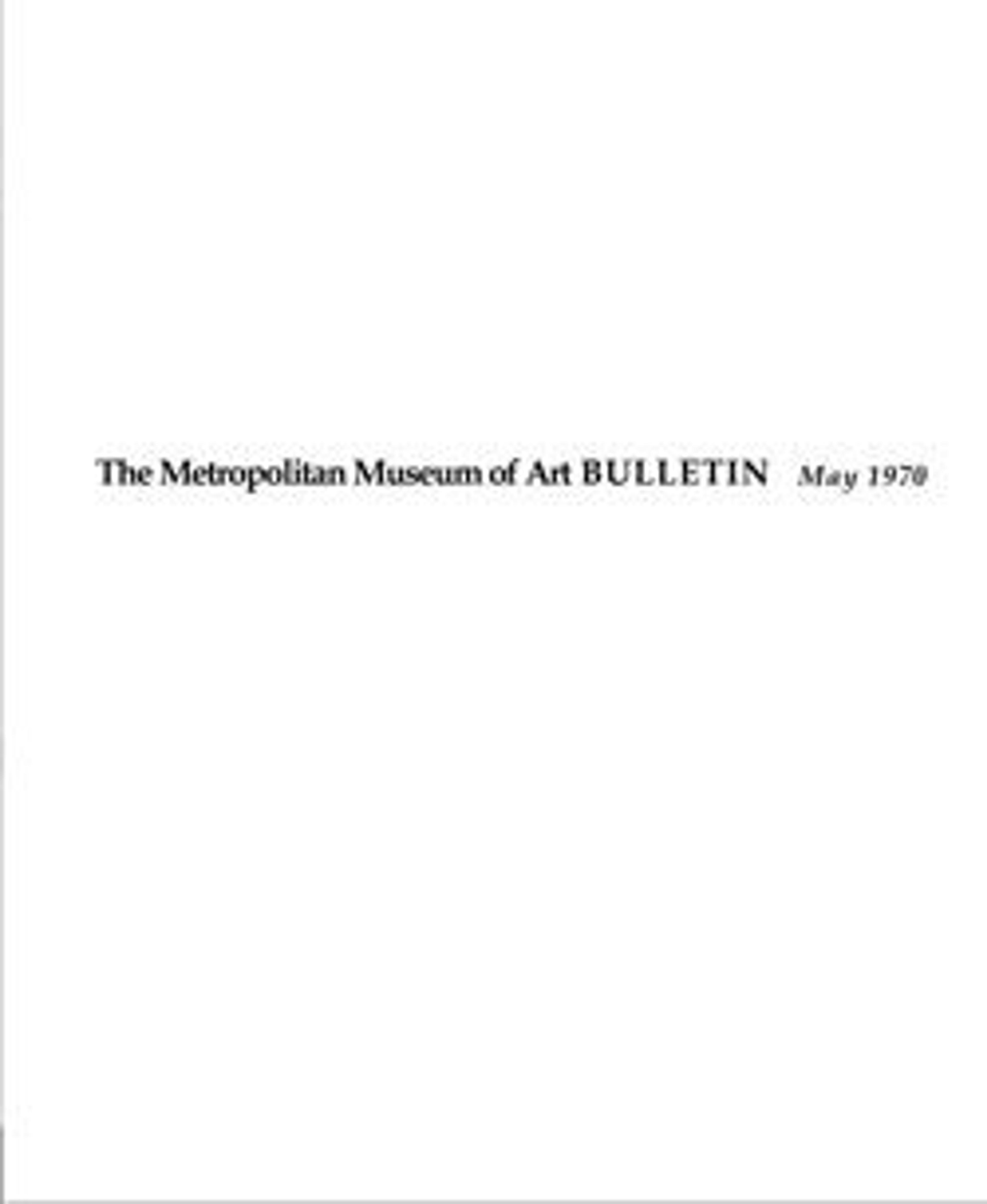Low Table or Stand
As potters explored the properties of the recently introduced stonepaste, they learned that the pliable unfired material could be fashioned into increasingly ambitious forms. Because of its strength when fired, stonepaste was even adopted to create pieces of furniture. This piece, designed in the form of a two story pavilion with arched balconies and pierced balustrades, served as a low table or stand, which would support a tray of food and drink. Reportedly, it was excavated at Bujnurd in northern Khurasan.
Artwork Details
- Title: Low Table or Stand
- Date: 12th–13th century
- Geography: Found Iran, Khurasan, Bodjnurd
- Medium: Stonepaste; molded and modeled decoration, monochrome glazed
- Dimensions: H. 13 1/4 in. (33.7 cm)
W. 11 in. (27.9 cm)
D. 9 7/16 in. (24 cm) - Classification: Ceramics
- Credit Line: Purchase, Joseph Pulitzer Bequest, 1969
- Object Number: 69.225
- Curatorial Department: Islamic Art
More Artwork
Research Resources
The Met provides unparalleled resources for research and welcomes an international community of students and scholars. The Met's Open Access API is where creators and researchers can connect to the The Met collection. Open Access data and public domain images are available for unrestricted commercial and noncommercial use without permission or fee.
To request images under copyright and other restrictions, please use this Image Request form.
Feedback
We continue to research and examine historical and cultural context for objects in The Met collection. If you have comments or questions about this object record, please contact us using the form below. The Museum looks forward to receiving your comments.
